Bongpyeong Maemil (봉평메밀)
16.7Km 2021-03-26
323, Yuksa-ro, Andong-si, Gyeongsangbuk-do
+82-54-857-1501
A restaurant that uses noodles made directly by the chef using 100% buckwheat. This restaurant's signature menu is buckwheat noodles. This Korean dishes restaurant is located in Andong-si, Gyeongsangbuk-do.
Yemijeong (예미정)
16.8Km 2021-03-30
111, Ongjeonggol-gil, Andong-si, Gyeongsangbuk-do
+82-54-822-0500
It is a place that develops and sells Korean dishes, using family recipes, with a long history keeping tradition in Andong. This Korean table d'hote restaurant is located in Andong-si, Gyeongsangbuk-do. The representative menu is grilled salted mackerel.
CHIAMGOTAEK (치암고택)
17.0Km 2024-12-20
297-10 , Toegye-ro, Andong-si, Gyeongsangbuk-do
+82-54-858-4411, +82-10-3530-4413
Chiam Old House in Andong, Gyeongsangbuk-do, was the home of Chiam Lee Man-hyeon, a Joseon official in the time of King Gojong, and is now a Gyeongsangbuk-do cultural treasure. Five of the buildings - Anchae, Sarangchae, Daemunchae, Byeoldangchae, and Byeolchae - have guestrooms, and reserving two or three rooms together enables visitors to feel they’re staying in a Joseon yangban’s house. Daemunchae has the best views over the house and surrounding landscape. The flower garden is a nice place to stroll and ponder the beauty of nature.
Georangae Maeuntang (거랑애매운탕)
17.0Km 2021-03-26
763-1, Gyeongdong-ro, Andong-si, Gyeongsangbuk-do
+82-54-841-6768
This is where you can enjoy spicy stew with vegetables and seasoning. This Korean dishes restaurant is located in Andong-si, Gyeongsangbuk-do. The representative menu is spicy freshwater fish stew.
Sowauri (소와우리)
17.1Km 2021-03-22
4168, Chunghyo-ro, Andong-si, Gyeongsangbuk-do
+82-54-852-5427
A restaurant specializing in goat cuisine, where you can experience unique Korean cuisine. This restaurant's signature menu is goat stew. This Korean dishes restaurant is located in Andong-si, Gyeongsangbuk-do.
Wanggojib Mauntang (왕고집매운탕)
17.1Km 2021-03-24
13, Jeongeori, 3-gil, Andong-si, Gyeongsangbuk-do
+82-54-822-6950
It is a place where you can eat various fish dishes. This Korean dishes restaurant is located in Andong-si, Gyeongsangbuk-do. The most famous menu is spicy fish stew.
Imcheonggak House (안동 임청각)
17.3Km 2021-11-09
63, Imcheonggak-gil, Andong-si, Gyeongsangbuk-do
+82-54-859-0025
Imcheonggak House is the largest remaining household from the Joseon dynasty, holding a history of over 500 years. The house was built for one aristocratic family’s love of the scenic beauty in the surrounding area. It was originally built with a total of 99 kan (traditional measurement of space between pillars) but only 70 remain. The most famous structure on this property is the annexed pavilion, Gunjajeong. An autograph of the famous Confucian scholar Lee Hwang can be found hanging outside the pavilion.
Pachyai (파챠이)
17.3Km 2021-03-24
42, Jeongeori, 2-gil, Andong-si, Gyeongsangbuk-do
+82-54-823-2226
It is a place where the generous servings and the fantastic combination of seasoning and noodles go well together. This Chinese (cuisine) restaurant is located in Andong-si, Gyeongsangbuk-do. The representative menu is spicy seafood noodle soup.
Sinsedong Chilcheung Jeontap - Sinsedong 7 stories Brick Pagoda (안동 법흥사지 칠층전탑)
17.5Km 2021-07-13
Beopheung-dong, Andong-si, Gyeonsangbuk-do
+82-54-840-5225
Designated National Treasure No.16, Sinsedong Chilcheung Jeontap is Korea's oldest and largest stone pagoda.
The pagoda measures 16.8 meters high with a x_width of 7.75 meters. The pagoda was originally built at Beopeungsa Temple during the eighth century of the Unified Silla Kingdom [654-935] and is the only remaining relic from the temple.
The pagoda is presently located on the estate of the head house of the Goseong Lee family. The sangryunbu, the ornamental top portion of the pagoda, has been totally lost, but the lower tiered portions are intact with beautiful carvings of Buddhist tutelary deity. Traces of tiled roof were found on each story of the tower. Historical records show that the tower was rebuilt in 1487 and that around the same period, three parts of the temple remained.
Head House of the Tapdong Branch of the Goseong Yi Clan (법흥동 고성이씨탑동파종택)
17.5Km 2022-12-21
103, Imcheonggak-gil, Andong-si, Gyeongsangbuk-do
+82-54-840-5225
Head House of the Tapdong Branch of the Goseong Yi Clan, located in Andong, serves as a residential house of the Yi descendents even to this day. Constructed in 1685, this house has all of the beautiful features that represent Joseon-style architecture. After this period, additional structures were added periodically. Across from the house is the Seven-story Brick Pagoda at Beopheungsa Temple Site.
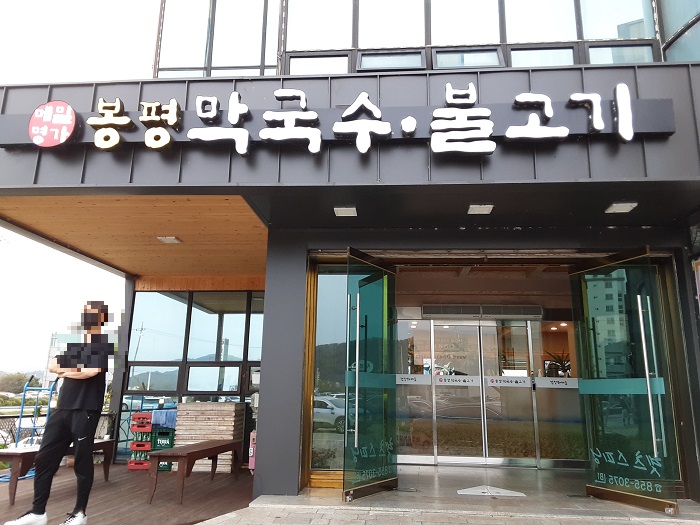
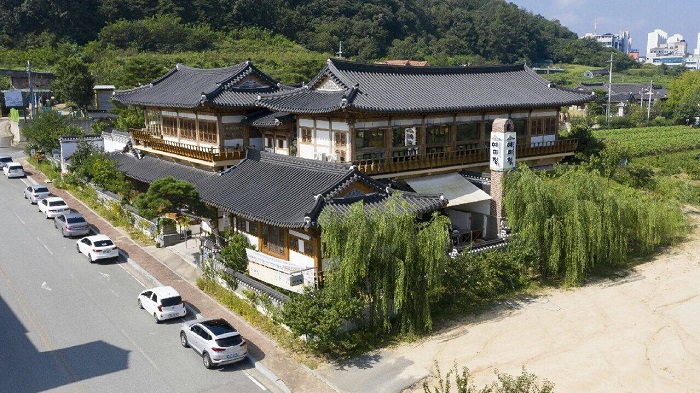
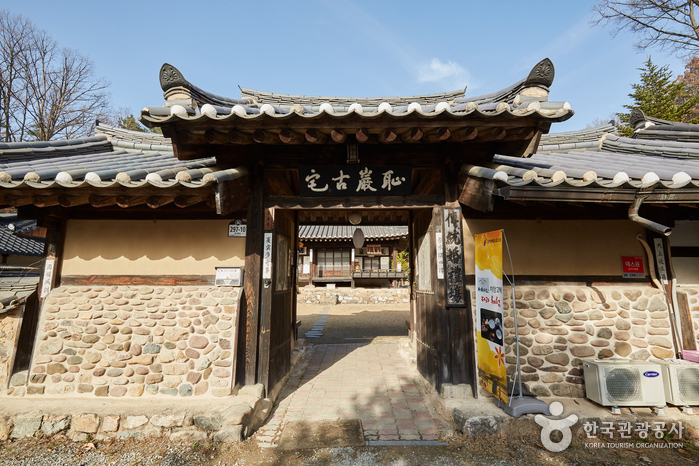
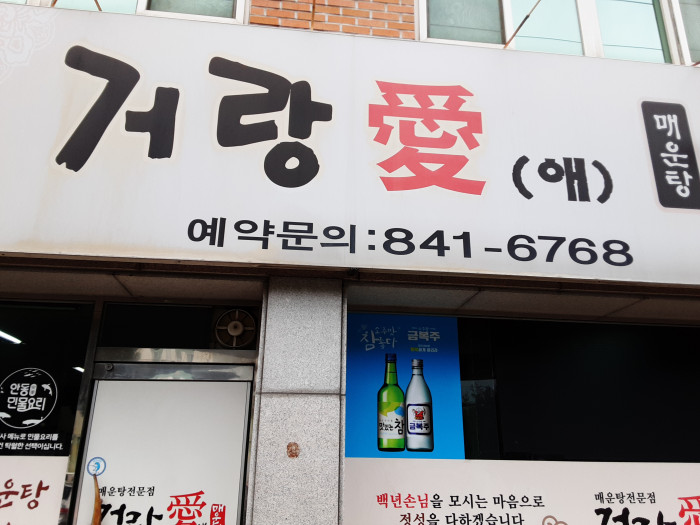
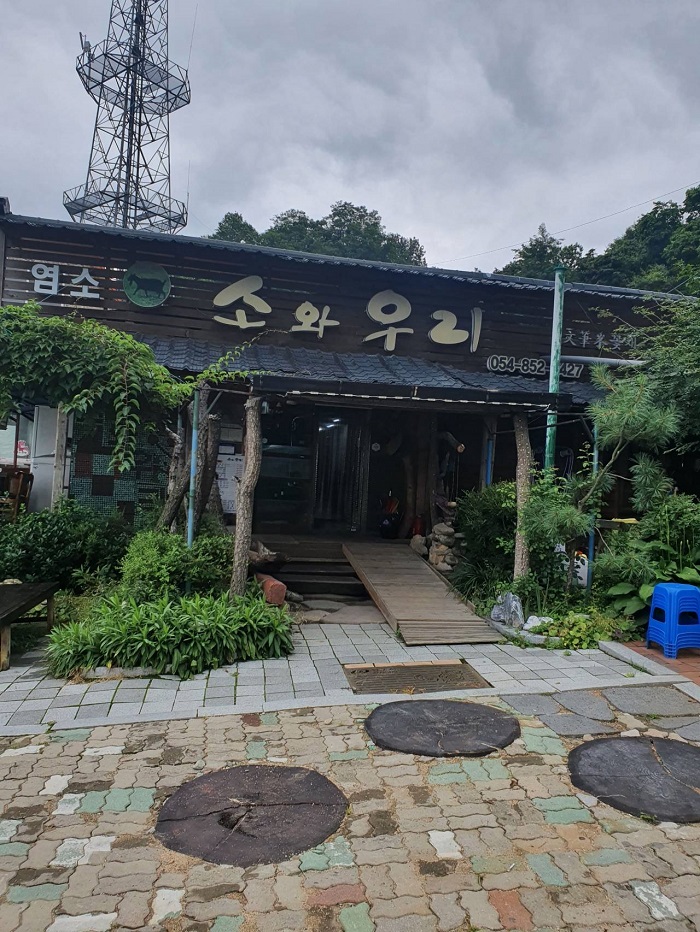
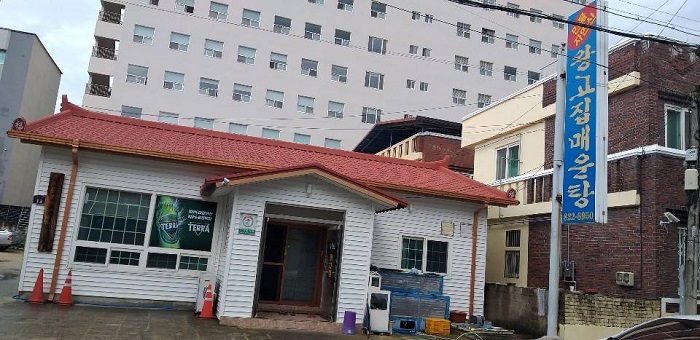
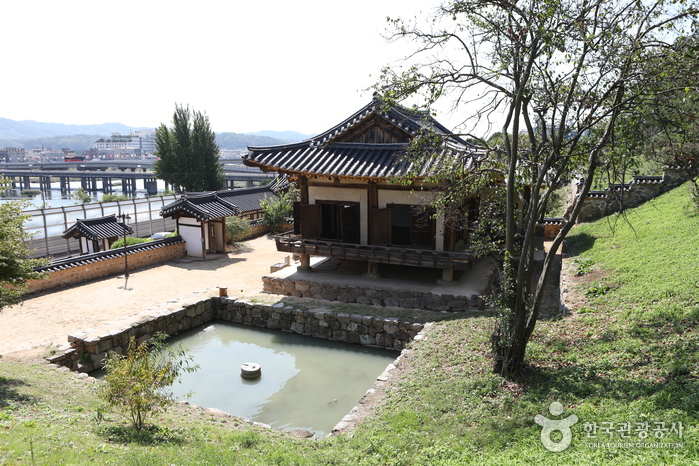
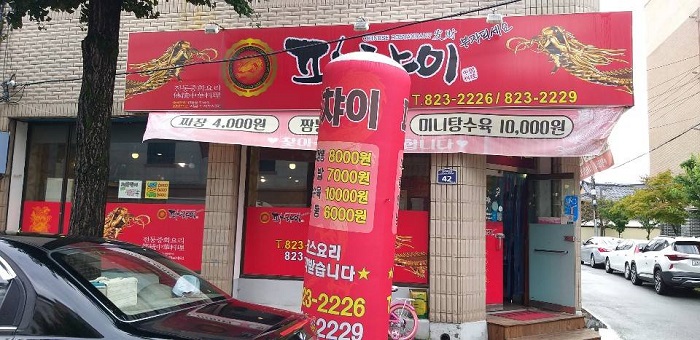
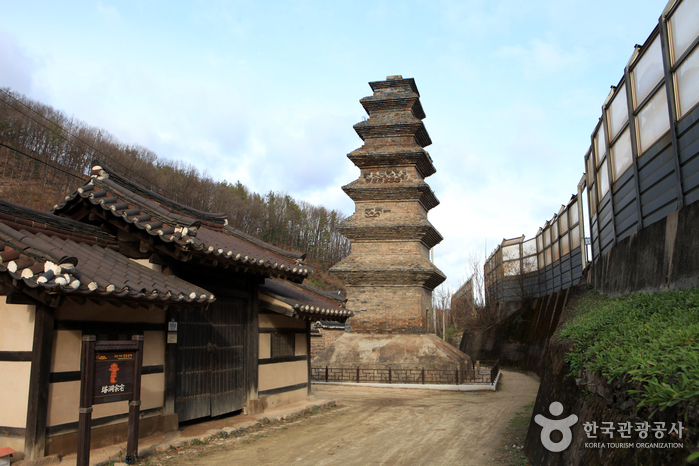
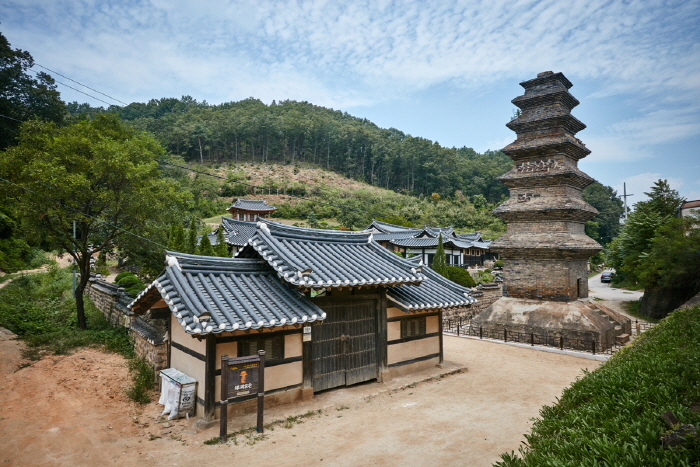
 English
English
 한국어
한국어 日本語
日本語 中文(简体)
中文(简体) Deutsch
Deutsch Français
Français Español
Español Русский
Русский